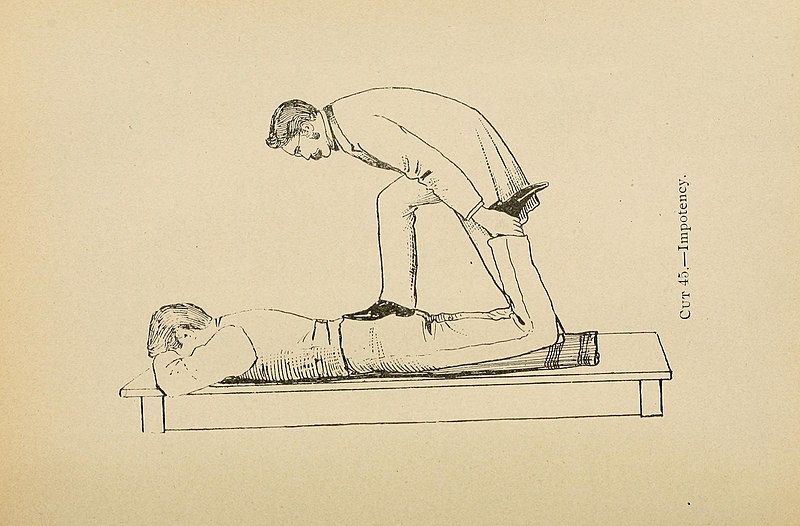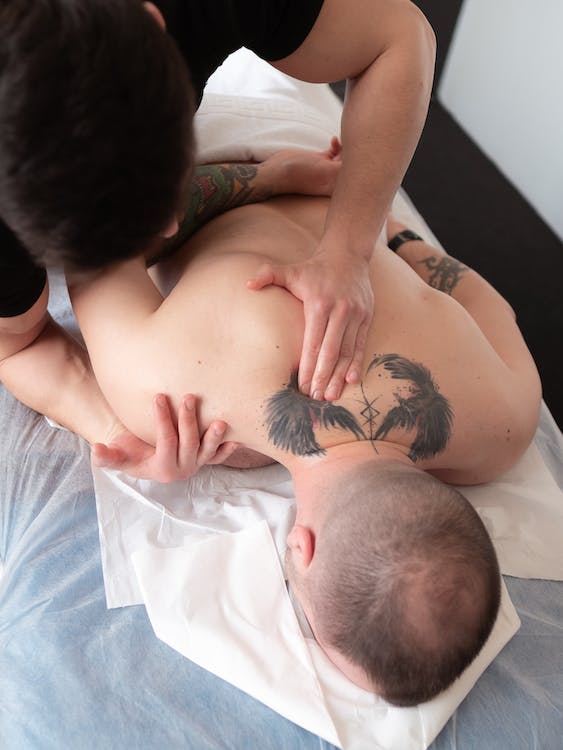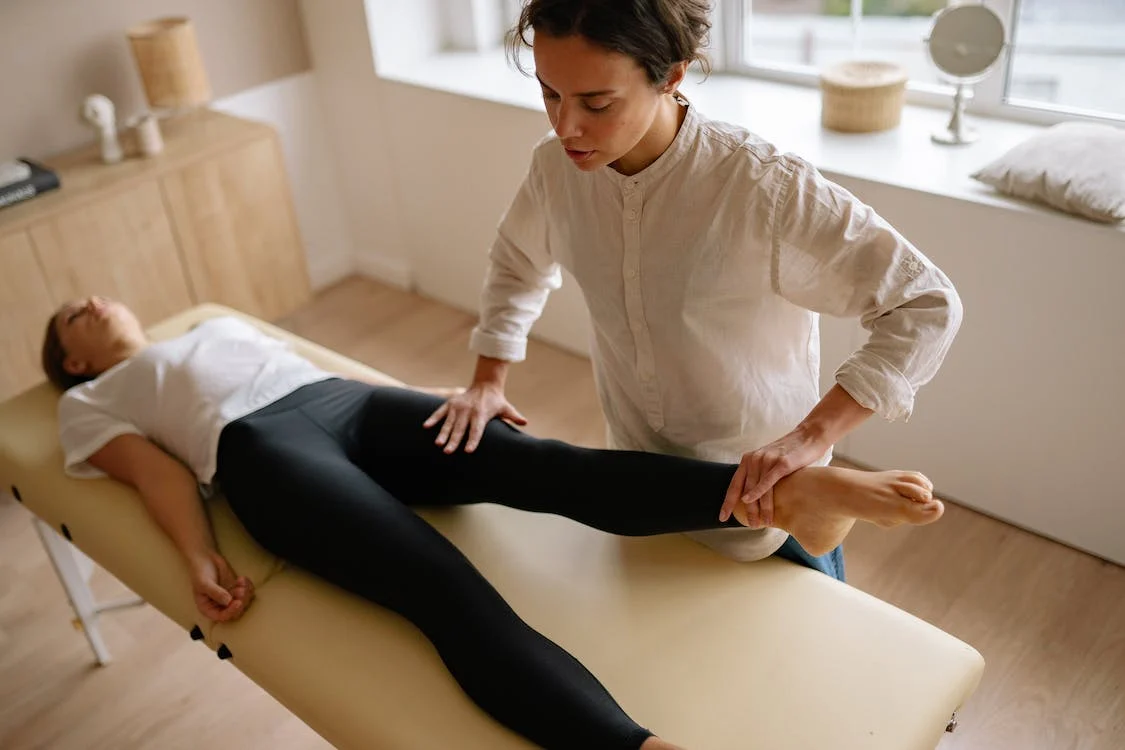Strong evidence has recently accumulated in the medical community to support the advantages of holistic pain management. This covers methods for treating pain like acupuncture and dietary supplements. Chiropractic treatments and nutrition regimens are two more holistic treatment alternatives that have shown promise in reducing pain.
It is critical to understand that no single method of pain management will be effective for everyone. Something that genuinely helps one individual with a problem could not help another with the same issue. The core of the holistic approach to pain management is to avoid this streamlined approach. Whatever the underlying cause of chronic pain, multidisciplinary approaches should be used to manage and treat it.
This can be achieved by carefully examining all relevant elements that may have an impact on a person’s well-being. Look no further if you or a loved one is experiencing chronic pain and addiction-related issues.
The Objective of Holistic Pain Management
Treatment of addiction from all facets of life is the major objective of a comprehensive pain management strategy. For instance, holistic treatments include an emphasis on each patient’s particular complexity rather than just their physical problems. Therefore, when a holistic approach to drug addiction therapy is used, a long-lasting recovery is more possible.
Furthermore, by definition, the term “holistic” refers to the consideration of the full person. While physical signs of addiction are not ignored in a holistic approach, they are not the main focus of care. Patients have a chance to experience long-lasting healing by receiving care for the whole person rather than just a few specific elements of their health.
Of course, it is critical to deal with the underlying causes of addiction and prior experiences that can be connected to the present. However, concentrating on those issues could keep people from making progress. To help people achieve a healthy state of mind, mindfulness therapy is frequently beneficial. In the end, this aids them in progressing in their rehabilitation.
Acupuncture
Many of us get headaches frequently, but these headaches are typically accompanied by stress and anxiety. Acupuncture has the potential to be a powerful tool for treating stress and anxiety symptoms, and by extension, head pain. However, it is critical to pay attention to the precise location of your discomfort because different types of headaches can affect the area that your acupuncturist will focus on. For instance, a deficient headache can ease when you lie down, in which case the acupuncturist would try to improve the flow of blood and Qi throughout your body.
Osteopathy
The method of diagnosing, managing, and treating musculoskeletal diseases (including the skeleton, muscles, ligaments, and tissue) is known as osteopathy. Osteopaths attempt to synchronize the connective tissues of the body by using manipulation methods around the spine and joints. Depending on the area that is hurting, several approaches can be performed, which will vary from patient to patient. Soft tissue massage, cranial osteopathy, and myofascial release are a few techniques.
Massage
Although massages are frequently associated with relaxation, they can also be useful for treating pain and sports injuries. A deep tissue massage is a thorough procedure created to release tension in your muscles and is effective for chronic aches and pains in your back, neck, and shoulders. Physiotherapists and chiropractors utilize it most frequently for medical purposes and in sports.
Chiropractic Care
The fundamental goal of a chiropractor is to modify and realign the spine and neck in a way that reduces pain, speeds up healing, and enhances overall function. Chiropractic therapy comes in a variety of forms, and chiropractors treat patients using a variety of methods, tools, and supplies. Before starting therapy, it is crucial to identify a reliable, skilled practitioner and to confirm that you are aware of the dangers and advantages.
Physiotherapy
Exercise is a terrific way to stay fit and active, but we can be vulnerable to accidents, especially if we are playing football or going for a run. This could be due to insufficient warm-ups or cool-downs, or it could be the result of an accident.
Sports therapists employ a variety of approaches, including physiotherapy, to prevent and treat injuries, in contrast to physiotherapy, which is frequently confused with sports therapy. Patients are typically referred to a physiotherapist by a general practitioner. Both acute (short-term) and chronic (long-term) pain can be treated with physiotherapy. Its purpose is to rehabilitate and re-educate the patient about how the body moves.
Wim Hof Method
This therapy, made popular by the “iceman,” combines exposure to cold (often through freezing showers or ice baths) and practicing controlled breathing techniques. It is intended to treat the symptoms of whole-body pain. For fibromyalgia, the Wim Hof approach is quite helpful.
Exercise
One of the most crucial things you can do to enhance your general health and frequently even manage discomfort is exercise. Even if it is simply gentle ankle movements or hand squeezes, there is nearly always some kind of exercise you can do, regardless of how much pain you are in. Consider finding simple activities you can perform while sitting or lying down if you have limited mobility. Keep in mind to move carefully and start small. Walking, swimming, Pilates, Tai Chi, yoga, and strength training are some effective forms of exercise for those with chronic pain. What is best for you can be discussed with your doctor, a physical therapist, an occupational therapist, and/or a personal trainer.
Vitamin or Herbal Supplements
For pain treatment, there is a staggering variety of vitamin, herbal, or plant-based supplements to choose from. In some circumstances, these supplements may promote general health, which can aid with pain relief. Supplements may occasionally offer more immediate relief by lowering inflammation or enhancing joint health. B vitamins, which are thought to assist nerve health, and vitamins C and D, which are thought to help bone health, are examples of vitamin supplements. Aloe vera or turmeric are two examples of herbal or plant-based remedies.
Stress-reduction Techniques (mindfulness and meditation training)
By calming the nervous system and reducing stress, mindfulness, and meditation can also help reduce muscle tension and pain. There are various methods of breathing, relaxing gradually, or using guided imagery as part of meditation and mindfulness training.
Aloe Vera
More than 200 biologically active substances, including calcium, chromium, copper, iron, magnesium, manganese, potassium, selenium, and zinc, are found in natural aloe vera gel. These substances offer vital minerals and support metabolic function. The vitamins A, C, E, choline, folic acid, B1, B2, B3, and B6 are also present, along with 20 of the 22 important amino acids. It even has vitamin B12, which is generally only seen in foods derived from animals.
The minerals in aloe vera, along with its anti-inflammatory and analgesic properties, may aid in reducing muscular and tendon discomfort. In sports medicine, the gel is occasionally applied topically to relieve sore muscles; however, if consumed internally, the anti-inflammatory components may also lessen discomfort.
It is crucial to remember that you should rebalance your diet if you are utilizing aloe vera to minimize inflammation. Aloe vera has a better chance of working if you cut out bad foods.
Nutrition
The foods you eat have an impact on how well you manage your pain. However, you must first comprehend what inflammation is.
Your body’s response to issues is inflammation. Your body reacts in this way when it finds poisons, bacteria, or viruses. As you may already be aware, swelling and redness are typically the outcomes of inflammation. Even when a food is neither toxic nor poisonous, it might nonetheless cause this reaction in some people. Examples comprise:
- Grains
- Straightforward sugars
- Distilled sugar
- “Red meat”
- Dairy goods
Before eliminating these foods from your diet, remember that they may not necessarily be unhealthy for you. To alleviate your persistent joint pain, you could want to change to a diet that is higher in vegetables and complex grains like oats, buckwheat, or barley.
Top Tips for Holistic Pain Management
While there is no quick fix for managing pain, a holistic approach is the greatest method to ease symptoms and allow you to resume your daily activities. Here are some helpful hints to get you started.
Top 3 workout suggestions:
- Find something you want to do
- Slow down and make progress over time
- Make sure your program includes a variety of resistance, cardiovascular, core, and stretching exercises to maintain a well-balanced routine
Top 3 dietary do’s and don’ts:
- Prevent inflammation by avoiding processed sugars, trans and saturated fats, refined carbs, omega-6 fatty acids, and alcohol
- Fill up on fresh fruit, vegetables, salmon, and omega-3 fatty acids to minimize inflammation
- Have a water bottle on you at all times and make water your preferred beverage
Top 3 suggestions for managing mental health:
- Relaxation techniques, arranging “me time,” such as coloring or reading
- Groups for counseling or support
- Everyday exposure to vitamin D and fresh air
Top 3 lifestyle considerations:
- Avoid using tobacco and alcohol.
- Pace yourself and divide up bigger chores into numerous smaller ones.
- Plan your week wisely, take advantage of any opportunities for leisure days, and distribute your workload evenly over the week.
Conclusion
In conclusion, holistic pain management offers a thorough and individualized approach to dealing with difficulties relating to addiction and chronic pain. The intricacy of each person’s situation is acknowledged by this method, which emphasizes treating the full person rather than just their physical symptoms. Adopting a holistic approach can dramatically enhance pain management and quality of life, combined with exercise, good nutrition, stress management, and a healthy lifestyle.















